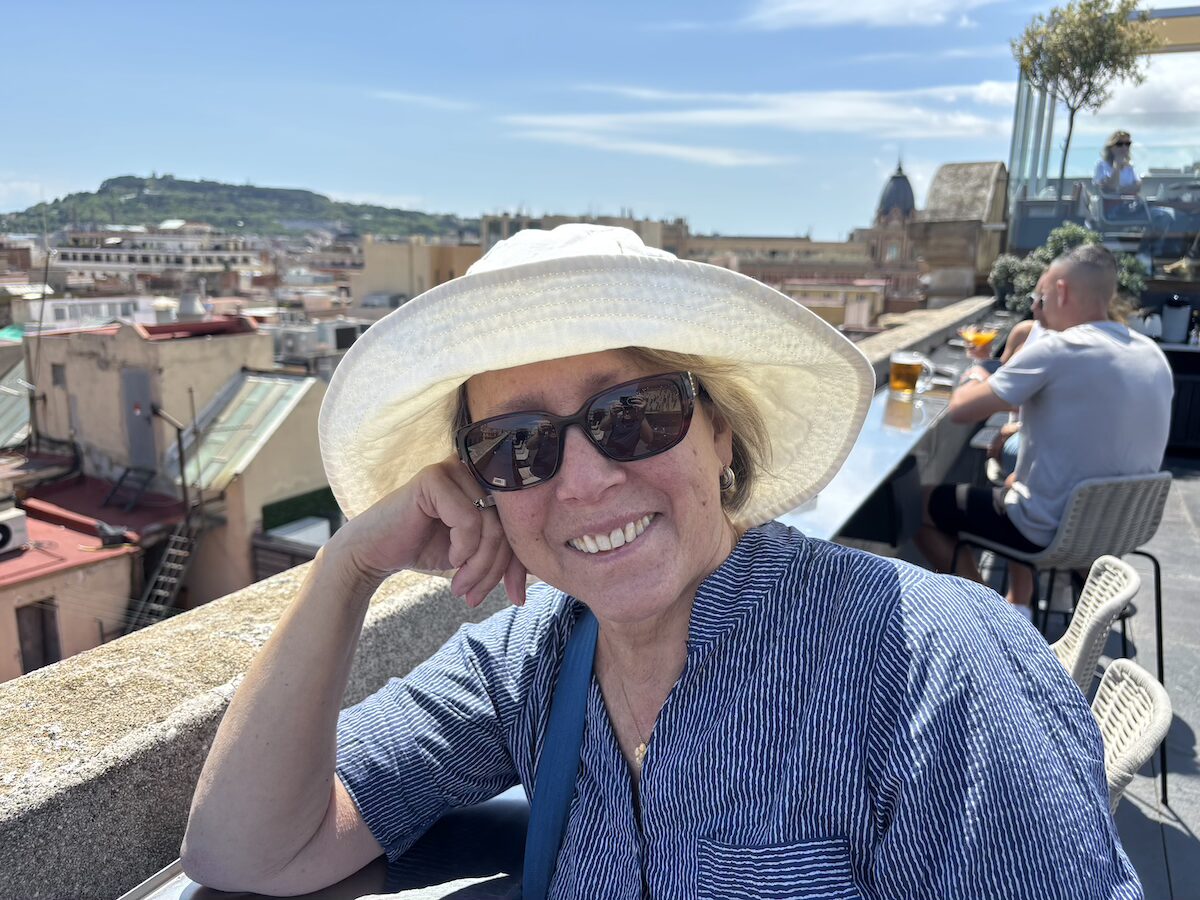
Dr. Jeff Boyd is Senior Vice President and Chief Scientific Officer of the Fox Chase Cancer Center in Philadelphia, PA. In November 2009 he was appointed Chair of OCRF’s Scientific Advisory Committee.
In this interview with OCRF’s Sarah DeFeo, Dr. Boyd shares his thoughts on the most promising areas of ovarian cancer research, and how OCRF is uniquely positioned to make a real impact on the disease.
Sarah DeFeo: Dr. Boyd, you’ve recently been appointed Chair of OCRF’s Scientific Advisory Committee (SAC). Can you explain what the SAC does, and why it’s important?
Jeff Boyd: The Scientific Advisory Committee (SAC) of the OCRF is the group of physicians and scientists whose major function is to review the scientific merit of research proposals (or grant applications) submitted to the OCRF. As a Foundation devoted to eradication of a specific disease, the OCRF has an unusually rigorous peer review process, such that only the highest quality research applications receive funding. All members of the SAC are internationally recognized academic physicians or scientists with a wealth of experience in both clinical and scientific aspects of gynecologic oncology. The strength of the OCRF SAC ensures that funds distributed to investigators will yield the highest possible return on investment in terms of scientific advances in the field of ovarian cancer.
SD: The National Cancer Institute and the Department of Defense also fund ovarian cancer research. How is OCRF unique?
JB: The OCRF is a unique ovarian cancer research funding entity in several respects. First, we are a substantially smaller organization than these federal funding agencies, and thus less burdened by the bureaucracy inherent in their operations. We are in fact exceedingly more nimble in our ability to recognize opportunities, as they may arise, for funding the most novel approaches to realizing progress toward reducing morbidity and mortality from this disease. Second, we are not encumbered by the constraints, largely historical in origin, that result in the funding of “safe science” by the major government funding agencies. The OCRF is much more interested in funding “high risk, high gain” research projects that are more likely to lead to major, as opposed to incremental, advances in the fight against ovarian cancer. Finally, we are able to solicit, review, and fund worthy applications in a much shorter time frame than the NCI or DOD, which not only leads to more rapid scientific progress, but facilitates the professional establishment of the most promising young or new investigators in the field of ovarian cancer, effectively enhancing the breadth of the research enterprise in this nation directed specifically to ovarian cancer research.
SD: How did you become interested in ovarian cancer research?
JB: I have been involved in cancer research since my undergraduate days (a long time ago) as a work-study student at one of the National Institutes of Health. After obtaining my Ph.D., I worked as a postdoctoral fellow in a large laboratory that was focused on gynecological cancer. As I gained experience in women’s cancers, I soon recognized that ovarian cancer is a particularly challenging problem, insofar as it is a relatively common cancer type we know very little about. As a cancer biologist, this was a particularly attractive problem upon which to focus, in terms of the challenge associated with improving our understanding of the early natural history of this disease, the underlying biology of the disease, and methods to improve prevention and early detection, all necessary to reduce the burden of ovarian cancer.
SD: What do you think are the most promising areas of ovarian cancer research?
JB: I think those areas of research mentioned above are the most promising. The reason that the mortality to incidence ratio for ovarian cancer is relatively high, compared to many other common tumors, is that the disease is usually detected only after it has spread from the ovary, when it is much more difficult to treat and cure. In order to have a substantive impact on reducing mortality from ovarian cancer, we must have a better understanding of how ovarian cancer begins, at both the tissue and molecular biological levels, in order to design effective screening, or early detection strategies. The reason that we are able to effectively reduce mortality from colon and cervical cancers, to give two examples, is that there are readily identifiable precancerous lesions associated with both cancer types, and we can easily detect them through routine screening procedures. This is not the case for ovarian cancer. Another area of promise in ovarian cancer research is targeted therapy for those individuals who have been diagnosed with advanced disease (currently the majority). Through an improved understanding of the genes and cellular pathways that have undergone deleterious functional changes in ovarian tumorigenesis, we can develop relatively non-toxic therapeutic agents (small molecules or antibodies, for example) that specifically target those aberrant genes or pathways. This rational approach to cancer therapy has proven successful in other cancer types, and is very likely to prove fruitful for ovarian cancer. The hope is that for advanced ovarian cancer, at least in the near term, we can transform the condition into a chronic disease rather than a fatal one. Although cure of advanced stage ovarian cancer is clearly the goal, this is likely to require a longer time frame because of the inherent complexity of the problem.
SD: Why does it take so long to make progress in cancer research?
JB:First I would like to emphatically dispel the common misconception that we are not making progress in cancer research, or more precisely, progress in reducing morbidity and mortality from cancer. For the great majority of cancers, survival rates have improved significantly over the past several decades. Some cancer types, even when diagnosed at an advanced stage, are now curable. That said, with respect to cancer in general, it is important that the public understand the depth of the problem. By expecting a cure for advanced cancers, we are essentially asking scientists to tell us what makes a cell a cell. This is not an intractable task, but a most formidable one, perhaps the most difficult in the life sciences. Once we understand, in all its complexity, how our 20,000 or so genes function variously in one tissue type to another to make the brain different from the ovary, for example, we must then understand how many of these complex processes have gone awry in cancer. Further compounding the problem, which follows from the point above, is that each cancer is a unique disease – a complete understanding of factors related to the genesis, prognosis, and treatment of a cancer in one organ site (for example, brain) does not apply to that in another (for example, ovary)! The good news is that we now have at our disposal a wealth of knowledge (e.g., the human genome sequence), and technology to exploit this knowledge, that were literally unimaginable 20 years ago. I fully expect that progress toward reducing the cancer burden will realize a dramatic inflexion point upward in the coming years (it has in fact already materialized), such that there is a great reason for optimism in our mission to reduce suffering and death from cancer. The OCRF is playing a vital role in that process as it applies to ovarian cancer.


